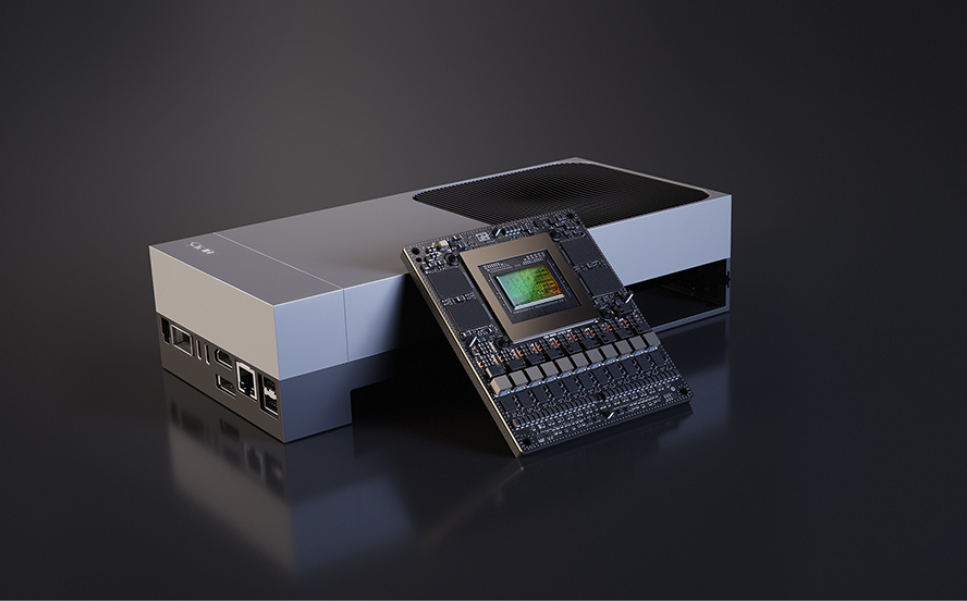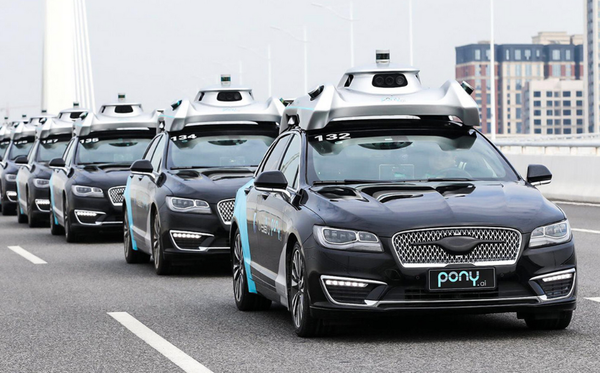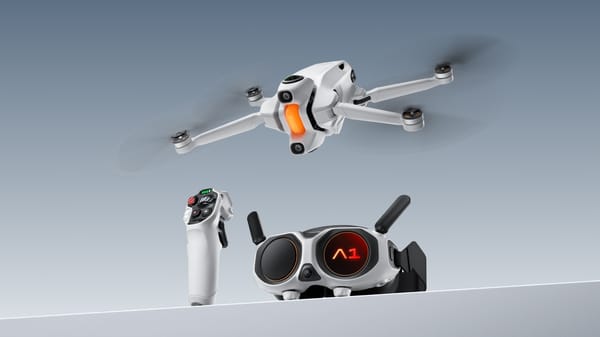Jetson Thor Now Available, Offering 7.5x AI Boost for Robotics

- NVIDIA's Jetson AGX Thor developer kit and Jetson T5000 production modules are now generally available.
- Over 2 million developers use NVIDIA’s robotics stack, with major companies adopting Jetson Thor to run generative and multimodal AI at the edge.
Jetson Thor, NVIDIA’s compute platform for real-time robotics and physical AI, is now generally available. Powered by the NVIDIA Blackwell GPU, Jetson Thor delivers 7.5x more AI compute and 3.5x greater energy efficiency than its predecessor. It runs AI models at the edge and enables robots to have real-time, intelligent interactions with people and the physical world.
“We’ve built Jetson Thor for the millions of developers working on robotic systems that interact with and increasingly shape the physical world,” said Jensen Huang, founder and CEO of NVIDIA, in a press release. “With unmatched performance and energy efficiency, and the ability to run multiple generative AI models at the edge, Jetson Thor is the ultimate supercomputer to drive the age of physical AI and general robotics.”
The platform is available as a developer kit, Jetson AGX Thor, and as a production module, Jetson T5000. It includes a 14-core CPU, 2560-core GPU with 96 fifth-gen Tensor Cores, and 128GB of memory, delivering up to 2,070 FP4 teraflops in a 130W power envelope. The system supports multimodal, generative, and agentic AI models through NVIDIA’s Isaac stack, GR00T models, and Holoscan tools.
Over 2 million developers now use NVIDIA’s robotics stack. Early adopters of Jetson Thor include Amazon Robotics, Caterpillar, Meta, Agility Robotics, Boston Dynamics, and Figure. Companies like OpenAI and John Deere are currently evaluating the platform.
Source: YouTube / NVIDIA
🌀 Tom’s Take:
NVIDIA is giving developers the compute they need to build real-time robotics and autonomy. Jetson Thor brings physical AI one step closer to deployment.
Source: Globenewswire / NVIDIA




